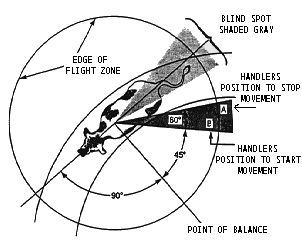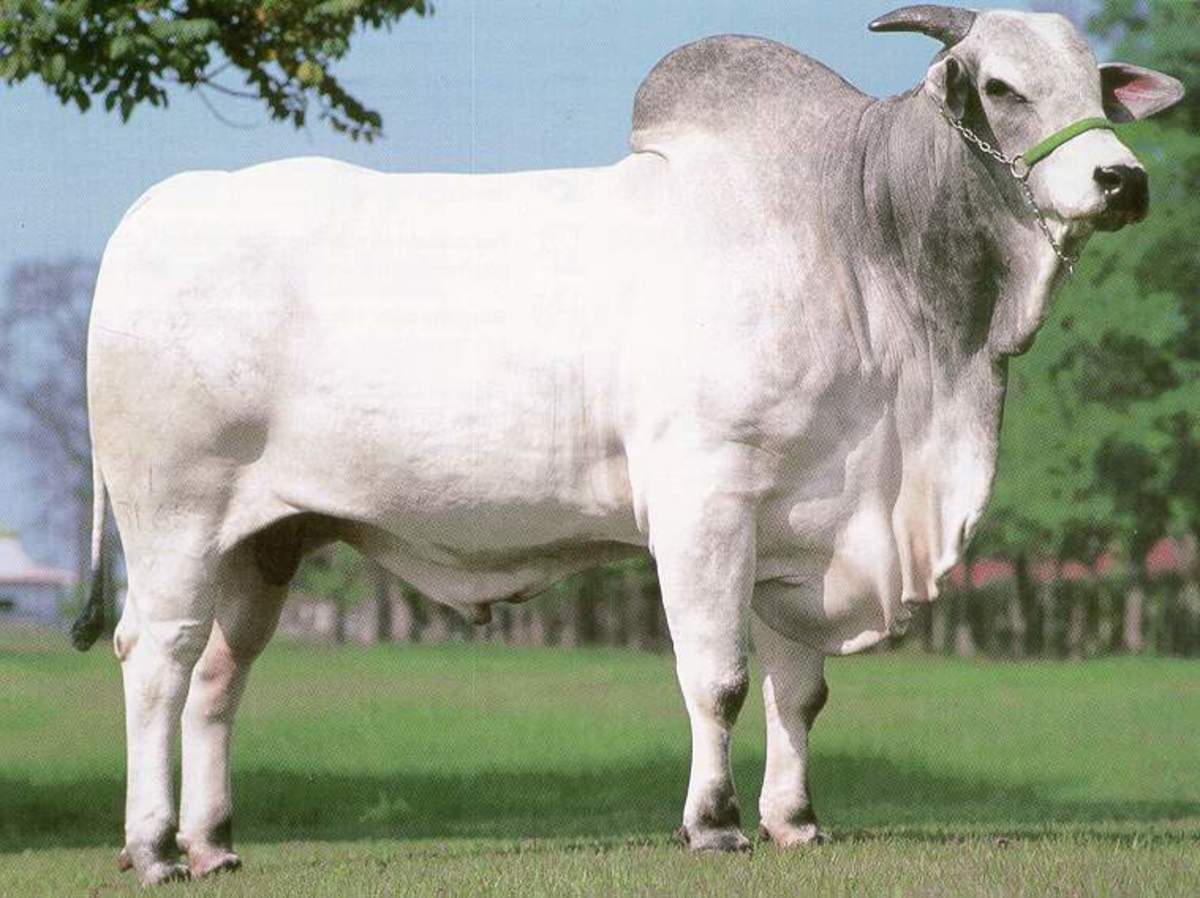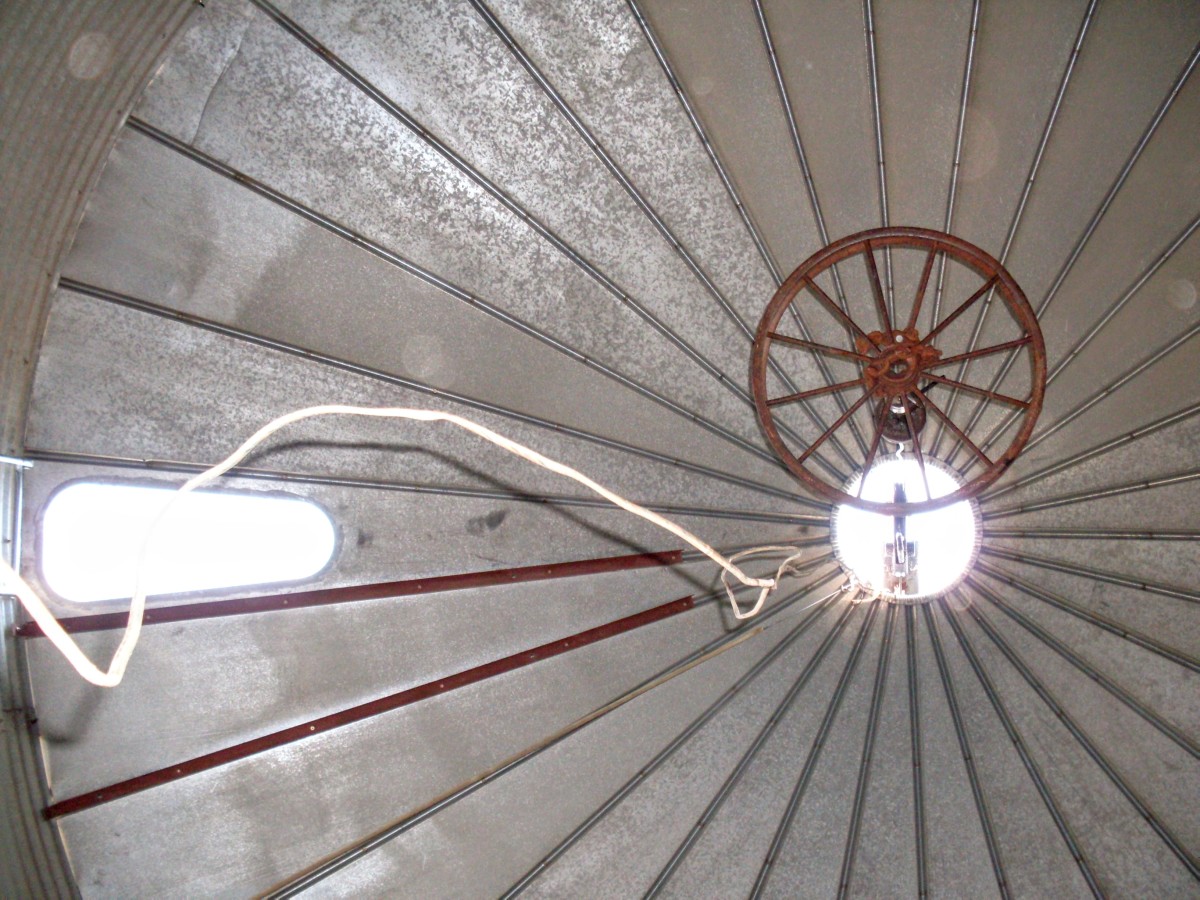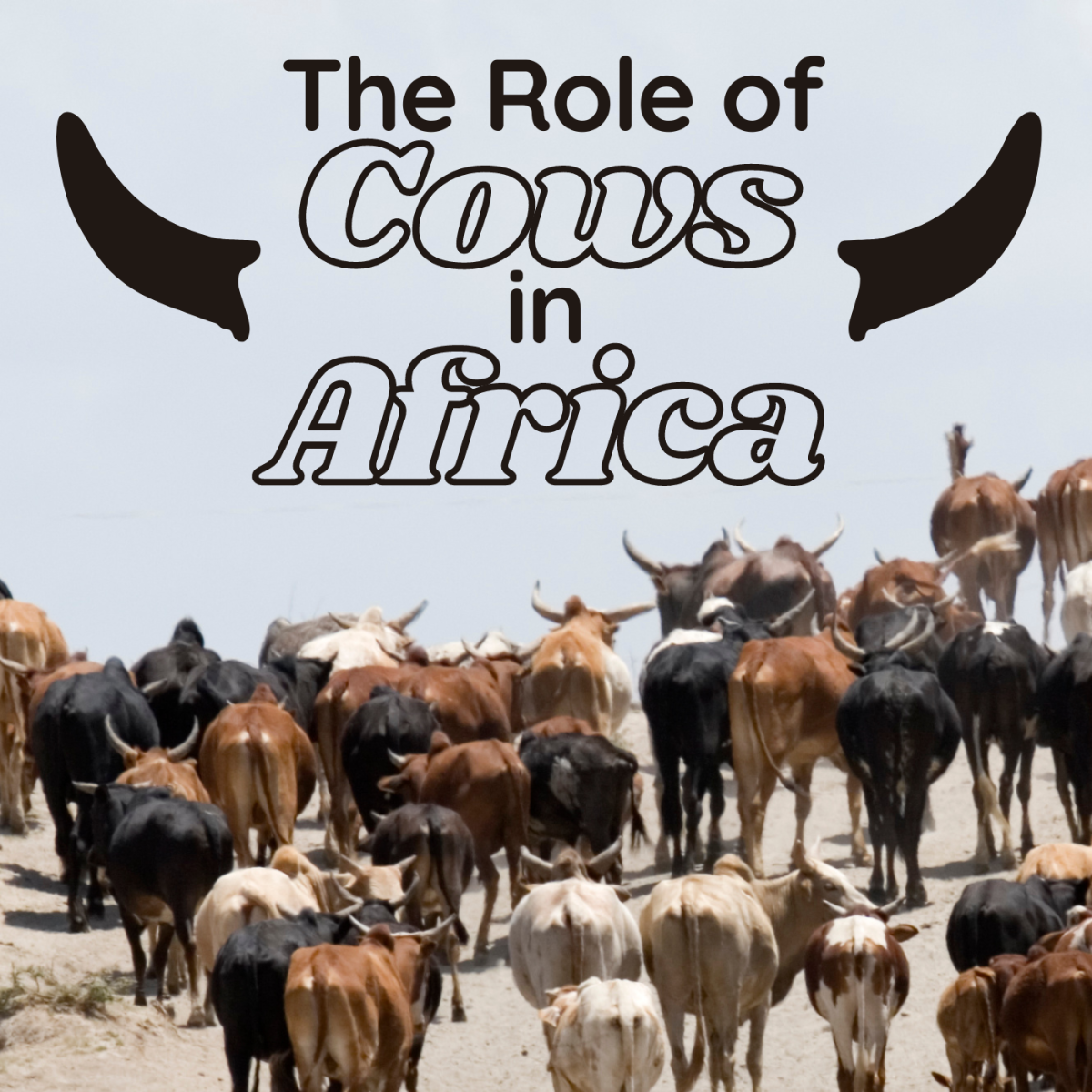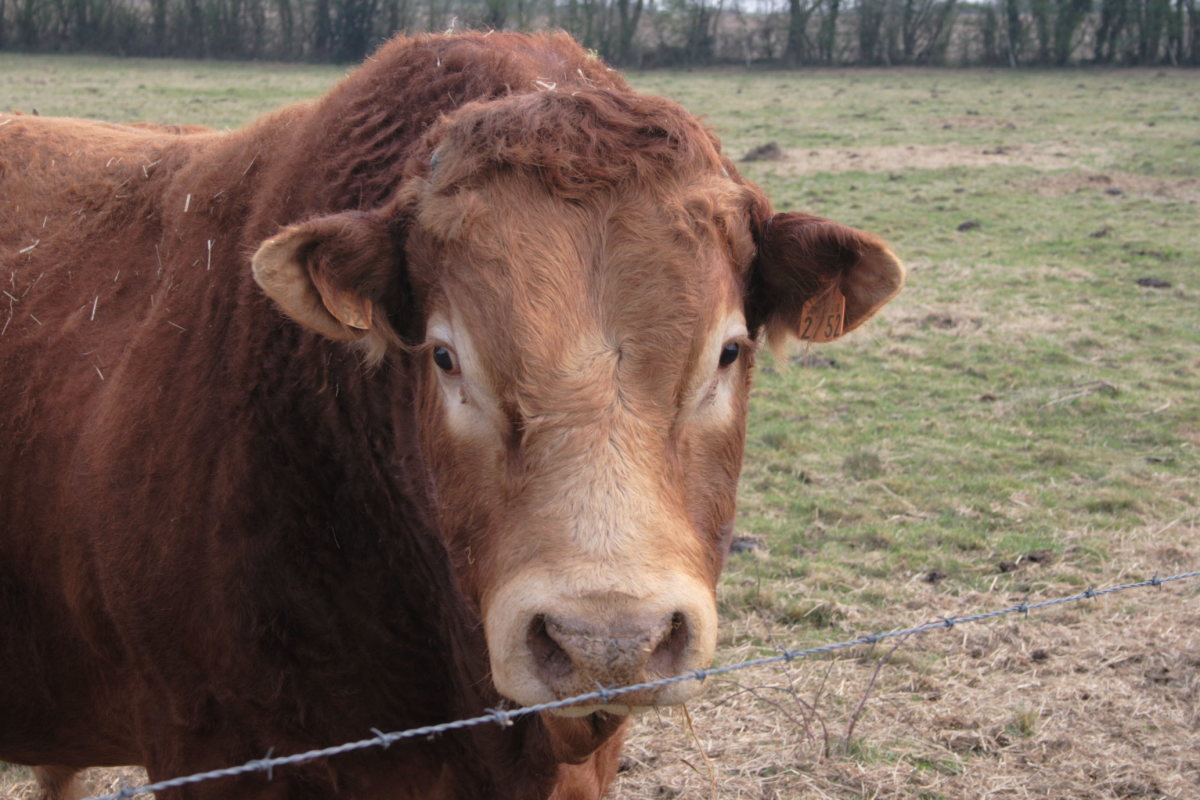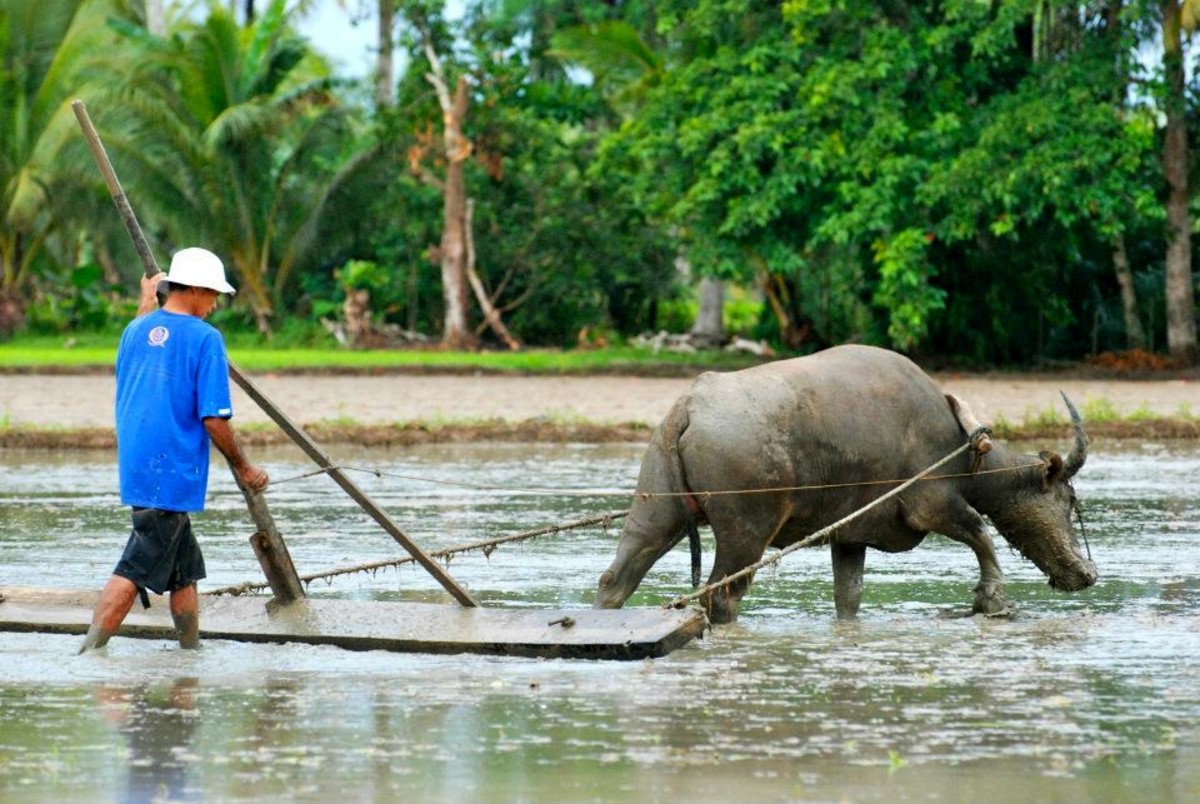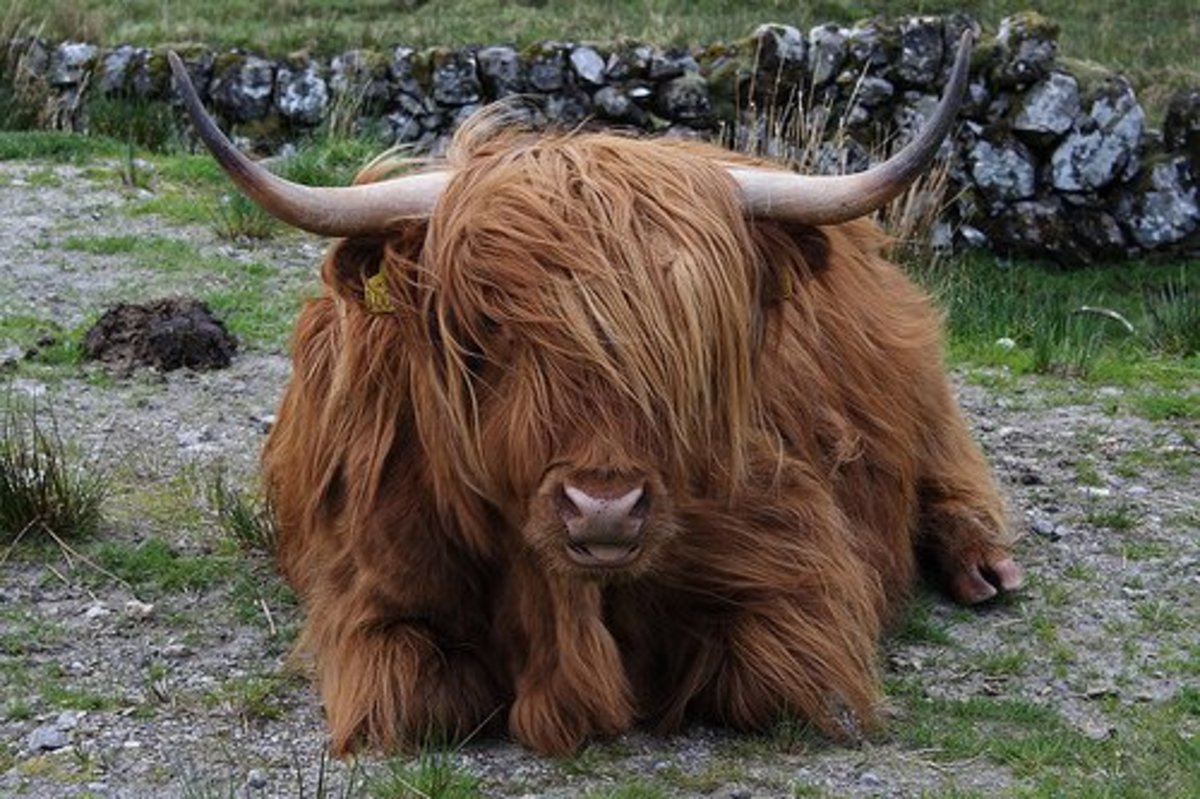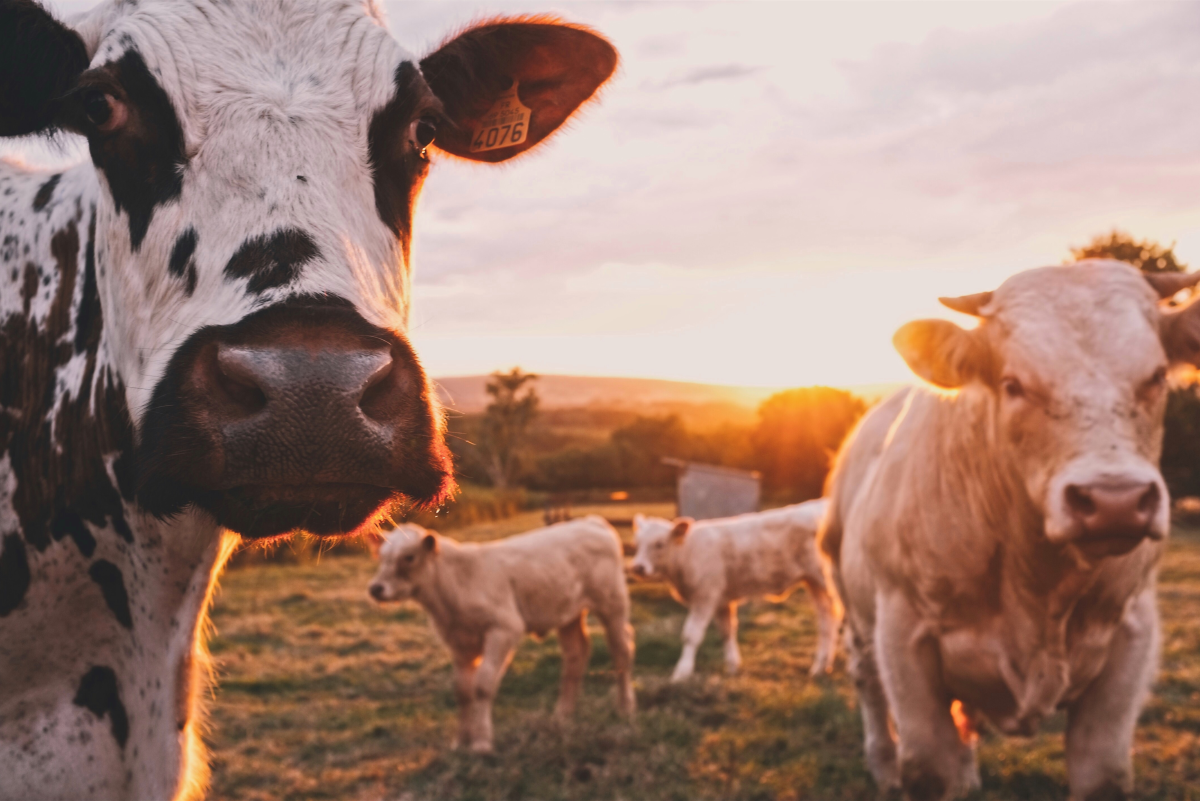Handling Facilities: The Most Important Thing In a Beef Cattle Operation Part 1
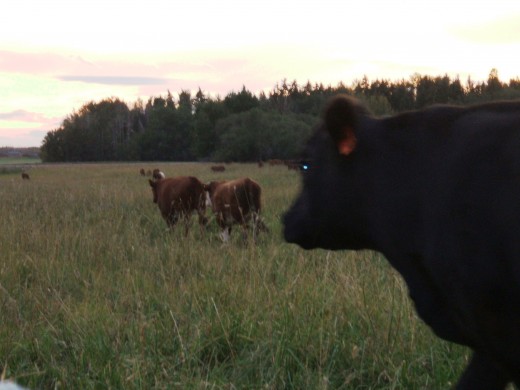
The Use of Flight Zone and Bribery for Working Cattle in Corrals and in the Chute
Good handling facilities make for good cattle. The less stress, the better. These sort of things are put into consideration when building, renovating, or improving handling facilities. The fact is, most beef cattle would never let you walk up to them and stick a needle in them. They'd sooner run away than have something sharp and pointy poke them. Essentially, cattle are not humans where they are willing to walk into a clinic and get a needle stuck into them. Cattle have to be restrained in order to do some up-close-and-personal work with them, which includes not just vaccinations, but also de-horning, tagging, pregnancy checking, artificial inseminating, bull semen testing, milking, calving (only if the cows or heifers need assisting), tubing, bolusing, C-section and other medical operations, body condition scoring, castrating, and many other uses.
Handling facilities are not just limited to beef cattle either; there are facilities built for all types of livestock, and each facility is built to accomodate for those different types of farm animals. But since this post is only for beef cattle, I have to remain on the subject of handling facilities for beef cattle.
Temple Grandin has a great website on how to build good, proper, low-stress facilities for cattle. She has designed these facilities to accomodate for the movement of cattle when they are being moved or herded. The most interesting thing is flight zone. When a person walks through a herd, cattle tend to circle around the handler, moving in the opposite direction that the handler is walking. When a handler is working with a single animal, there are certain "pressure points" on an animal that will make it able to move; this is at the head, shoulders and hips. In order to make an animal move quietly without getting it stirred up (increase stress), stepping into the flight zone will make the animal move. This is, essentially, what "flight zone" is: a boundary or a distance which the animal feels comfortable to keep away from a handler. If a person steps into this "comfort zone" the animal "takes flight" or moves away to maintain that zone. What pressure points to act on is the key to asking or making the animal move where you want it to go.
For instance, if you want a cow to back up, you walk straight at the cow. Often if you keep the pressure long enough she will turn around and move away. Making an animal move left or right is the fun part: if you are on an animal's right side and want to make her move right, walk toward the front part of her hip. Making her to go left, simply walk towards the back part of her shoulder. What angle you want her to go takes a bit of quick-mathematics and experimentation. Finally, to make her continue in the direction you wish her to go, walking behind her (keep at her pace though, don't rush it) will most often get her moving where you want her to go. But, if she keeps circling back to the herd, use the herd as a means to move her. I've done that with handling bulls, and its the best tool to use when the handling facilities are a long distance away and are working by yourself.
The other part of flight zone is that you may have an animal with ZERO flight zone. There's two ways to ask this particular cow to move where you want her to go: 1) through follow-the-leader (with you leading) and a bit of bribery with some grain or cubes, or 2) putting her with a herd of other animals and moving them, together, into the place where you want her to go. Herd instinct tends to kick into high-gear for #2, making it a little easier to get an animal where you want it to go, if you know how to properly move a herd without getting it excited.
Moving a herd from one corral to another can range from being easy-as-pie to stubbornly difficult. I'll start with the easy ones first: The herd of cattle that are easy to move are those that are a little wilder and tend to bunch up when a handler steps into to corral. These cattle are sensitive to the movements of the handler, and will readily move if the right amount of pressure at the right time (and in the right place) is applied. The moderate ones involve some individual-pressurization. I've done this when I wanted to move a herd of steers (80+) from a large pasture back into the corrals. I select a group, and "push" them in the direction I want them to go. I select another individual, and "push" him. I do this several times to different groups and different animals until I have gotten them moving as a herd. Once they are moving as a herd, I don't use the sweeping action like Temple describes in her website; I move behind them, pushing the stragglers forward, keeping them moving as a herd. They may start running, but often they only start running when they are on the home-stretch and are near the gates to the corrals. And they don't turn around to go back, they go straight into the corrals where I can shut the pasture gates behind them. But sometimes they don't run, and just keep plodding along back to home-base.
The hard, stubborn herds are those herds that are so tame they will just look at you like you're an idiot if you try any of the techniques described above. This is where bribery comes into play. Take out some feed to them, call them, and let them eat for a minute, then move in the direction you want to go, and repeat. If these animals are bucket-trained, often you will only have to put one or two piles on the ground and then call them, making them follow you to the corrals. Sometimes just walking out to the pasture and simply calling them then leading them back to the corrals is good enough. But other times neither will work, and you will have to wait until they have all come home to the corrals before you can sneak around them and shut the grates behind them.
When working cattle in the chute, use the same principles as above. When getting cattle to move in the working chute, all you have to do is move in the opposite direction you want them to go. A little tap of a sorting stick or a rag tied to the end of a pole will also work as well in getting them to move. Sometimes a little bribery to get them to go into the squeeze chute and get their heads through the head gate is necessary, depending on the animal[s] you are working with.
The key thing is, you can't work cattle like you only have 15 minutes to work them. It only slows things down more than you wanted. Working them like you got all day is the quickest, easiest and stress-free way to handle them: less stress on you, and less stress on them.
